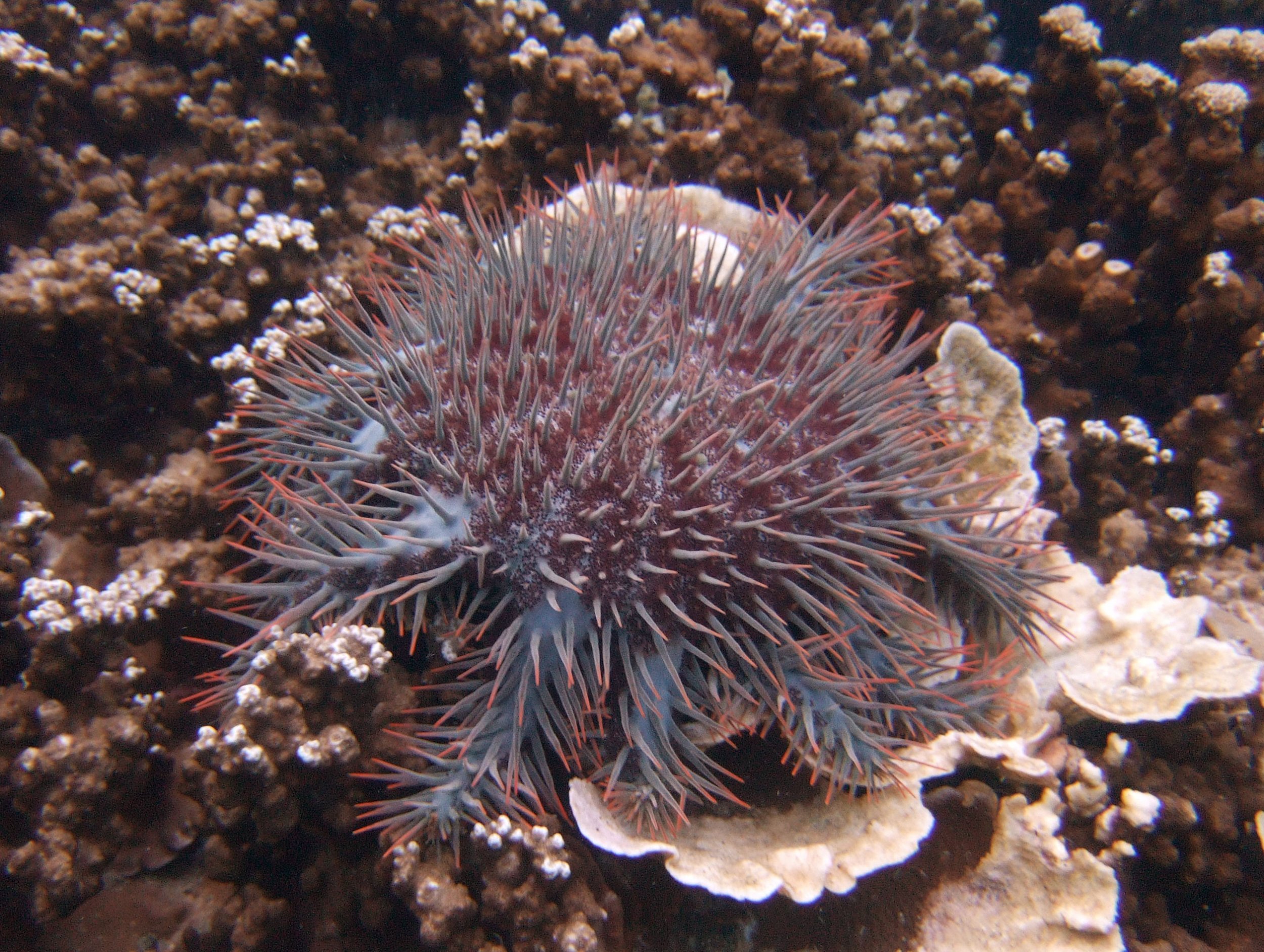
The days of the crown-of-thorns starfish may be numbered if a robot designed to kill them passes muster. Researchers at Queensland University of Technology in Brisbane, Australia have designed the autonomous robot to target these starfish, which prey on coral and are responsible for close to half of the decline in coral cover on the Great Barrier Reef. The COTSbot—COTS is short for "crown-of-thorns starfish"—just completed its first trials in water and will begin another set of trials on location at the Great Barrier Reef later this month.
The COTSbot was created by Matthew Dunbabin with software by Science and Engineering Faculty colleague Feras Dayoub. It has stereoscopic cameras to give it depth perception and thrusters for stability, along with GPS technology and sensors.
The robot has been trained on thousands of still images as well as video footage to help it properly recognize its target, using machine learning to continue incorporating information and ensuring it can accurately pick out the COTS. The robot is equipped with an "injection arm;" once it identifies a target, it injects the destructive starfish with a shot of bile salts that has the power to kill it.
When Dunbabin began exploring the idea a decade ago, it took 20 injections to kill a COTS. But last year, researchers at James Cook University in Queensland announced an effective one-shot injection method. "That was the game changer that opened the doors for a robotic solution to the COTS problem," Dunbabin is quoted as saying in a news post about the project on Queensland's website. "Combining this with new advances in machine learning meant we could make COTSbot a reality."
In the past, human divers had to perform the task of eliminating COTS, but that method has limitations. "There just aren't enough divers to cover all the COTS hotspots across the Great Barrier Reef," Dunbabin said. "The COTSbot becomes a real force multiplier for the eradication process the more of them you deploy," he added. "Imagine how much ground the programs could cover with a fleet of 10 or 100 COTSbots at their disposal, robots that can work day and night and in any weather condition."
When the COTSbot begins trials at the Great Barrier Reef later this month, humans will have to verify each target to ensure the robot is making correct identifications. If all goes well, the plan is to let it operate autonomously by December.
Uncommon Knowledge
Newsweek is committed to challenging conventional wisdom and finding connections in the search for common ground.
Newsweek is committed to challenging conventional wisdom and finding connections in the search for common ground.
About the writer
Stav is a general assignment staff writer for Newsweek. She received the Newswomen's Club of New York's 2016 Martha Coman Front ... Read more
To read how Newsweek uses AI as a newsroom tool, Click here.








